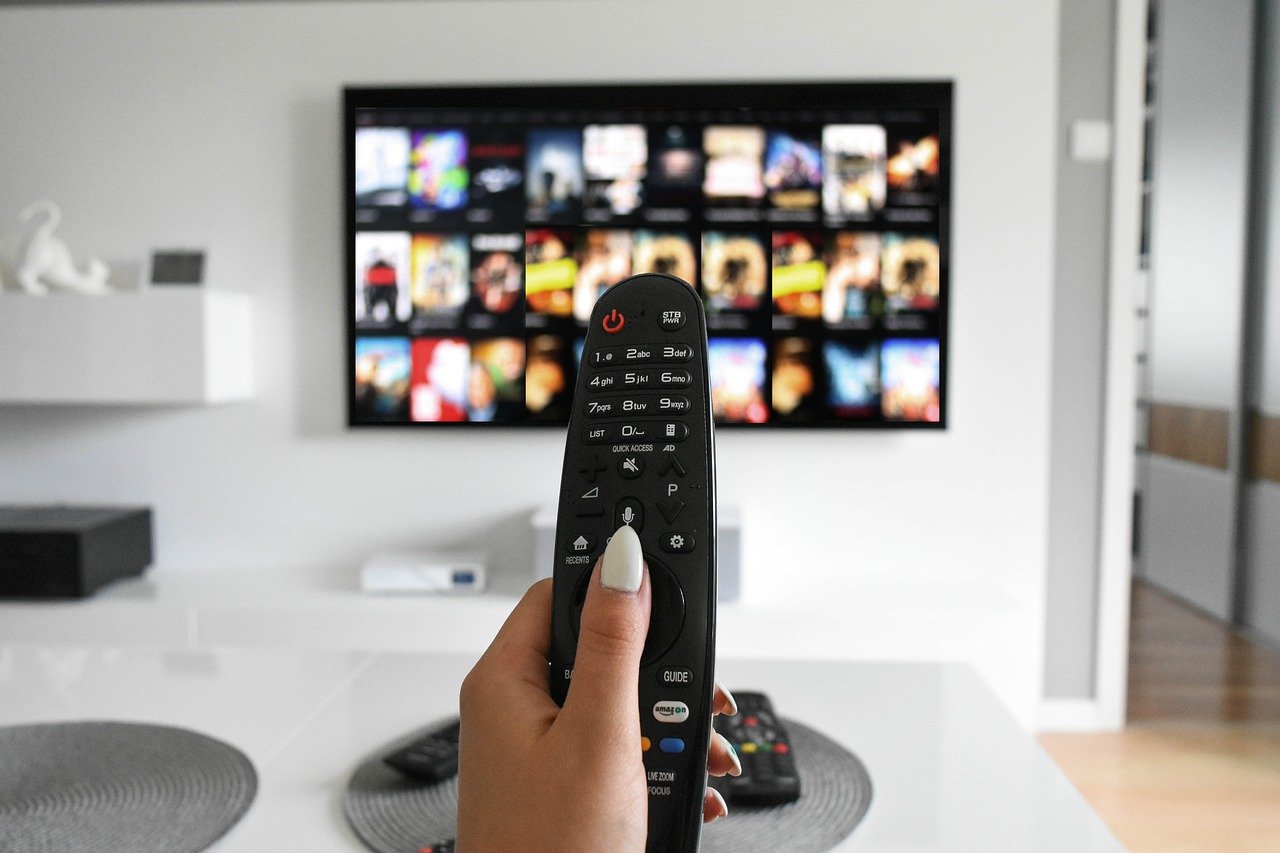In the third part of Atmedia’s Expert Talks, Wojciech Kowalczyk, an expert on the Polish TV market, Deputy Director of the Ad Sales and Marketing department of the public television group TVP and co-owner of the video and advertising service ScreenLovers, describes the reaction of advertisers to the change in the official TV currency concerning the measurement of out-of-home viewership.
“At first, the players weren’t too happy about it. What had been free for years was now being measured and charged for,” he explains. Media agencies have had to adjust their modelling tools because out-of-home viewership has significantly affected the reach curve. “Agencies have also addressed contracts with clients, as they specified exactly what product clients were paying for. And then the official TV currency changed during the year,” Kowalczyk continues, adding that this required major discussions across the market.
Incorporating out-of-home viewership into the official data brought TV groups and sales houses more revenue from ad sales; overall viewership increased by about 10%. But Kowalczyk sees the biggest benefit in the ability to provide clients with detailed data on viewer behaviour and ad performance.
“It’s no longer just about linear TV, but also time shift and out-of-home viewership, OTT services or VoD platforms. We are still missing some parts, but we are gradually piecing together the whole picture. If the product cannot be measured, it has no value,” concludes Kowalczyk.
You can watch the interview conducted by Michaela Suráková, Managing Director of Atmedia, in the recording below. A transcript is also available.
The third part of the interview with W. Kowalczyk
How did you communicate the introduction of out-of-home TV viewership to TV advertisers so that they would accept and use the data?
Once the data was ready, all market players gained access to it in a separate environment from Nielsen - they could test and analyse it. For me, the key is to offer the market a ready and reliable product.
However, at the beginning, the players were not very enthusiastic about it. Why? On the one hand, we can offer them more GRPs, which is an advantage, especially when the market is sold out. On the other hand, there is a downside - an ad block around 8 pm on a major TV station will bring in, say, 1 GRP, but due to time shift viewership, more GRPs are added, and the client pays more. The same goes for out-of-home viewership. What used to be free for years has now started to be counted and charged for.
Time shift viewership faced the same, didn’t it? It was also free before it was made part of an official currency...
Yes, but the difference is that in the beginning, time shift viewership was only about 1% of total TV ratings. So it wasn’t that dramatic. With out-of-home, we are talking about almost 10%, and quite a significant impact on audience reach. It is not just an increase in viewership, but a change in the reach curve. Media agencies have had to respond to this and adjust their planning tools.
Agencies also had to address contracts with clients because they specified exactly what product clients were paying for. And then during the year, the official TV currency changed. This led to major discussions across the market between agencies, advertisers, sales houses and TV groups.
What was the impact on investment in TV advertising?
Positive in the short term - more GRPs were sold in autumn 2021, so it brought in more money. But in the long term, it is more complicated. More important than the additional revenue from TV ad sales is that we have a more accurate view of the TV audience. It is no longer just about linear TV, but also time shift, out-of-home, OTT services or VoD platforms. We are still missing some parts, but we are gradually piecing together the whole picture. If a product cannot be measured, it has no value. Only what is measurable has real value.
Last year, the whole Polish advertising market grew by 8%, and the TV market by 4%. If we had not adjusted the TV currency, it could look like the whole market would grow by 8%, but the TV market would fall by 4%. Therefore, in the long term, what is more important than additional revenue from advertising sales is that we offer clients detailed data on viewers and advertising performance.
Has the involvement of out-of-home viewership translated into more interest in sponsoring sporting events? Perhaps because out-of-home viewership is high for those events.
Not really. Some sporting events may have seen an increase in viewership, but clients were already aware that events such as the European Championship, the Olympics or the World Cup have high out-of-home viewership. They knew that people watched them in fan zones, at friends’ houses or in bars. And if we compare the price of advertising for sporting events and regular programmes, the CPP was always significantly higher. So, the actual valuation of sporting events hasn’t changed much.
Still, it has had one important benefit. For major sporting events, we have seen a decline in viewership for linear TV. But this was due to the fact that we had not previously measured viewership out of home or from streaming platforms. After adding these types of viewership, it became clear that the audience for some sporting events was growing, while for others it was declining. It’s no longer black and white like it used to be. Thanks to this data, we were able to better protect the high value of events like the Olympics, the Euro Cup or the World Cup.
You also mentioned that out-of-home viewership is especially high among younger viewers. Has this changed the approach of TV advertisers to this target group?
Not really. When we talk about younger viewers aged 14-18 or 19-24, some clients are still reaching them through TV campaigns. However, TV is not the dominant medium for this group, and marketers are using YouTube, TikTok or Instagram to reach the young generation. Nevertheless, there is a group of advertisers who use TV for this target group as well. However, it is not the dominant medium. Has this changed recently? Yes and no. Out-of-home viewing has increased TV ratings among younger age groups of viewers, but the time young people spend on TikTok is increasing at the same time. It is a constant battle between us and global platforms, not to mention Netflix and other streaming platforms.
Do you have any recommendations for markets that don’t yet measure out-of-home TV viewership? What should they be looking out for?
First, be as transparent as possible and include all players in the market in the process of changing the official TV currency. In Poland, we didn’t handle it ideally, I admit.
Second, the implementation of the data itself is also key. CFOs or advertisers will ask: Should we now pay more for something we already have? The answer is: Yes, the market is simply evolving, and audience behaviour is changing.
Third, at least in Poland, we are at a disadvantage compared to the big tech companies. They only work with their own data, which is not as transparent as TV viewership data from Nielsen or Gemius. And they never will be. I don’t want to judge, but it’s just a fact. Our advantage is transparency. Our data can be audited and verified.
And the last recommendation: protect the value of television and its position. Show how many viewers TV reaches, and point out that the audience reach is much higher than the data shows for linear TV alone. This will make discussions with individual players much easier.
Source: mediaguru.cz

